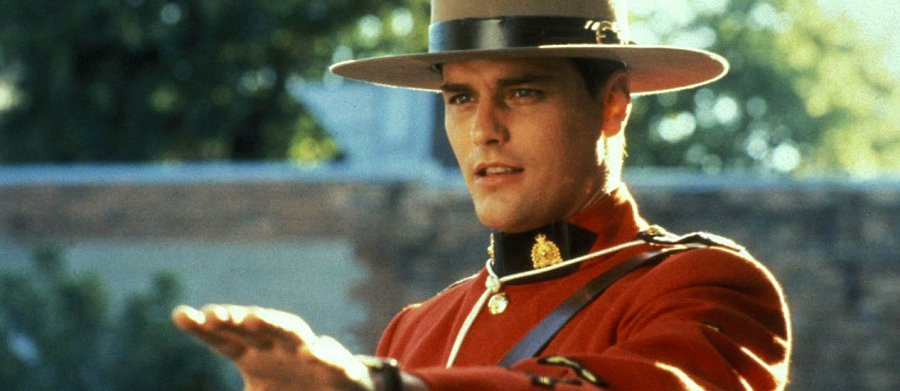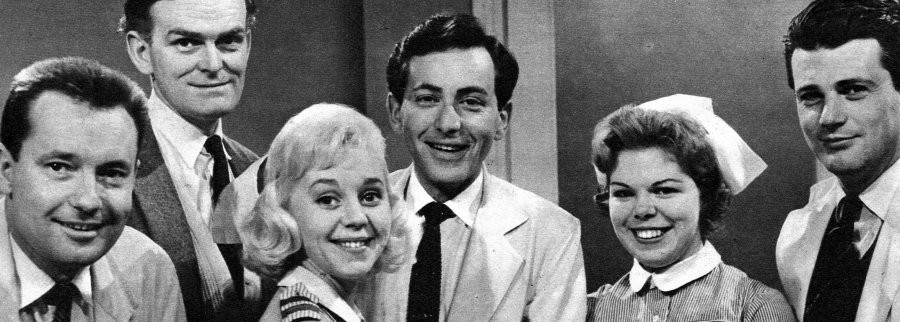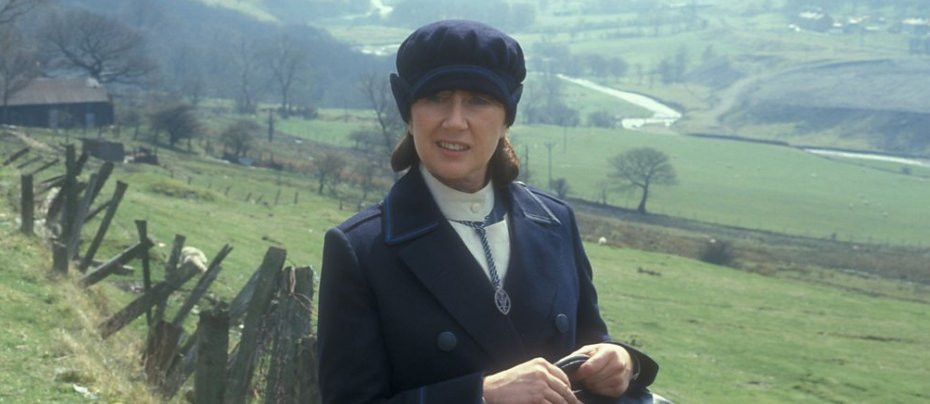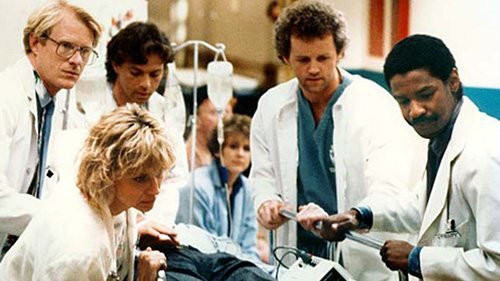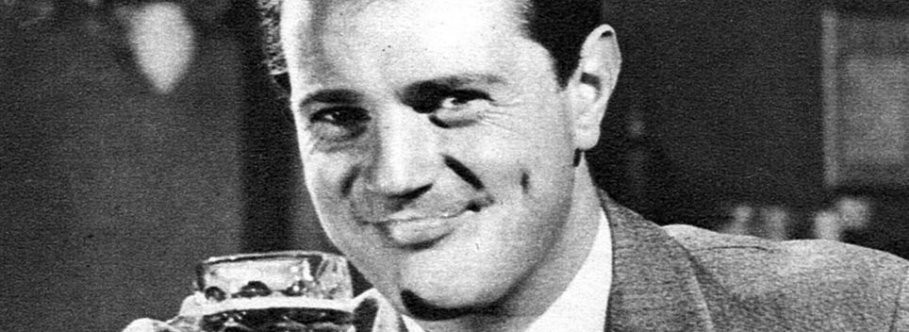
ER
1994 - United StatesWhen ER first blasted onto television screens in 1994, it did so with all the speed and force of an express train, earning a reputation for ‘rock ’em, sock ’em’ television that scarcely allowed the viewer a moment to breathe. The pilot episode alone delivered no fewer than 45 separate medical scenarios, a dizzying introduction to the frenetic world of Chicago’s fictional Cook County General Hospital that set the tone for the groundbreaking series to come.
The creation of Michael Crichton—yes, that Crichton, author of Jurassic Park—ER was originally conceived as a film script back in 1974, based on his own experiences as a young medical student. Brought to life on the small screen by Steven Spielberg’s Amblin Television, ER took the well-worn hospital drama formula and injected it with raw intensity, emotional depth and a relentless energy that set a new standard for American television.
Set primarily in the emergency department, the show fused technical authenticity with emotional storytelling, often layering hard medical jargon with moments of deeply human vulnerability. This blend of high-stakes clinical tension and intimate character study proved irresistible, and audiences were hooked from the outset.
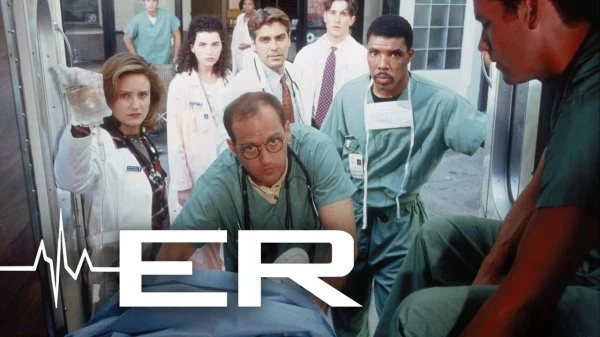
From the start, ER boasted a superbly talented ensemble cast, each actor bringing a unique depth to their role. George Clooney, then a relatively unknown quantity, found stardom as the charismatic yet flawed paediatrician Dr. Doug Ross. Julianna Margulies gave heart to the series as the compassionate Head Nurse Carol Hathaway, while Anthony Edwards portrayed Dr. Mark Greene, the series’ moral centre, with touching nuance. Eriq La Salle’s portrayal of the tough, exacting Dr. Peter Benton added a steely gravitas, while Noah Wyle’s turn as the fresh-faced medical student John Carter gave the audience a crucial anchor point—a character through whose eyes the audience could grow and evolve.
Indeed, it was Carter’s journey from wide-eyed intern to seasoned, often traumatised physician that offered one of the most compelling long-term arcs in the series. In many ways, Carter became the emotional lens of ER, his personal and professional developments mirroring the show’s shifting tone from its early chaos to more reflective, character-driven storytelling.
Though ER had all the makings of a traditional medical drama, it frequently went above and beyond, delving into thorny ethical questions, contemporary health crises, and personal tragedies with a rare blend of candour and craft. From HIV and drug addiction to war trauma and global health issues, the series never shied away from challenging its audience. And yet, it always made space for gallows humour, fleeting romance, and the small moments of human connection that softened the edges of its clinical realism.

Critically, what set ER apart from its imitators was its relentless commitment to quality—both in writing and production. The series attracted top directing talent, including Quentin Tarantino, and regularly delivered visually arresting, cinematically styled episodes that elevated the format. At its peak, it was appointment television, winning Emmys, launching careers, and pulling in millions of devoted viewers week after week.
Even as beloved characters exited—some gently, others traumatically—the series managed to maintain its momentum by introducing new, richly drawn replacements. Few shows could weather the departure of so many lead actors and continue to feel cohesive, but ER did so with remarkable success, a testament to the strength of its storytelling and the depth of its world-building.
In the crowded field of American television, ER stood apart. Emotive, exhilarating, intelligent, and deeply human, it wasn’t just a medical drama—it was a portrait of the fragile, often heroic balancing act between life, death, and everything in between. For those of us on this side of the Atlantic, it redefined what US primetime drama could be, and more than held its own against our home-grown offerings. Nearly two decades after it left our screens, ER remains a gold standard—a vivid reminder that great drama is not just about saving lives, but understanding them.
Seen this show? How do you rate it?
Seen this show? How do you rate it?
Published on December 10th, 2018. Written by Skip Wilson Jr. for Television Heaven.


